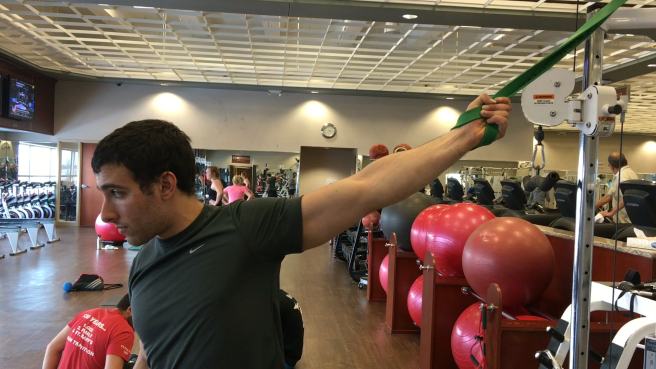An efficient and effective routine for mobility work!

With all the fitness articles and YouTube videos on the Internet, it can be hard to separate good information from not so good information.
Even further, not everyone has time to spend an extra hour per day in addition to their workout to do mobility work.
So, creating an efficient and effective routine becomes increasingly important for those with busy schedules.
I like to classify mobility exercises into three categories:
1) SMR: Self Myofascial Release is when you apply pressure to a muscle with a foam roller, lacrosse ball, massage stick, etc. Doing this breaks up scar tissue adhesions formed over time for a variety of reasons that I’m not going to go into here. Just know that it will help your tissues move better.

2) Distraction: Have you ever had a doctor or physical therapist pull on your arm or leg and shake it a bit? That’s called distraction. In this mobilization, the joint capsule is being stretched. You can do this yourself using a band.

3) Static & Dynamic Stretching: All traditional stretching falls under this category. This type of mobilization works to increase the length of the muscle and requires no equipment. Static stretching refers to holding a stretch for time. Dynamic Stretching refers to oscillating in and out of a stretch for time.

In terms of programming your mobility work, I recommend doing 10-20 minutes of SMR & Dynamic Stretching before your workout and 10-20 minutes of stretching with distraction after your workout. Do each mobilization for 2 mins per side.
In future articles, I plan to share my favorite mobility exercises for each joint with complete details on how to perform them. This article was more geared towards understanding the different types of mobility exercises and how to work them into your current workout routine.
-JD



